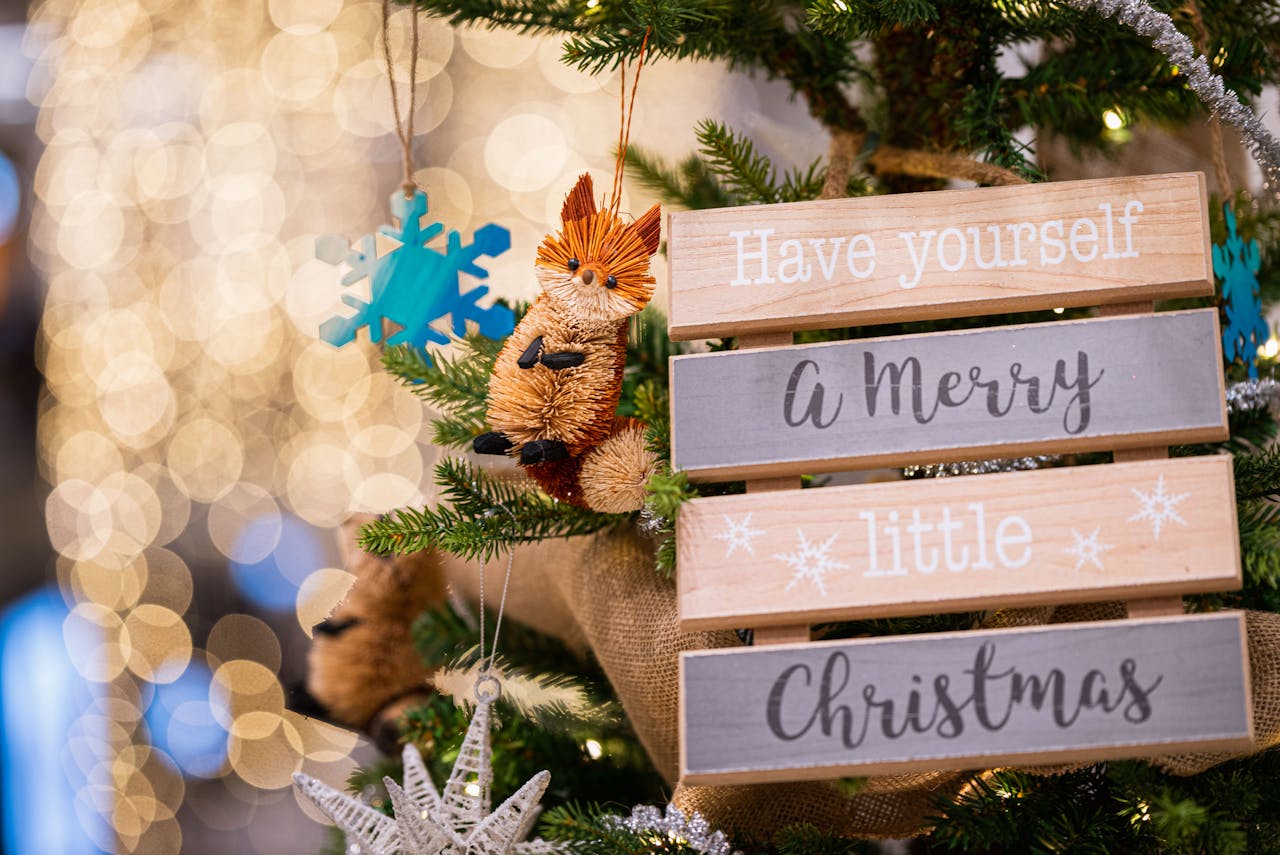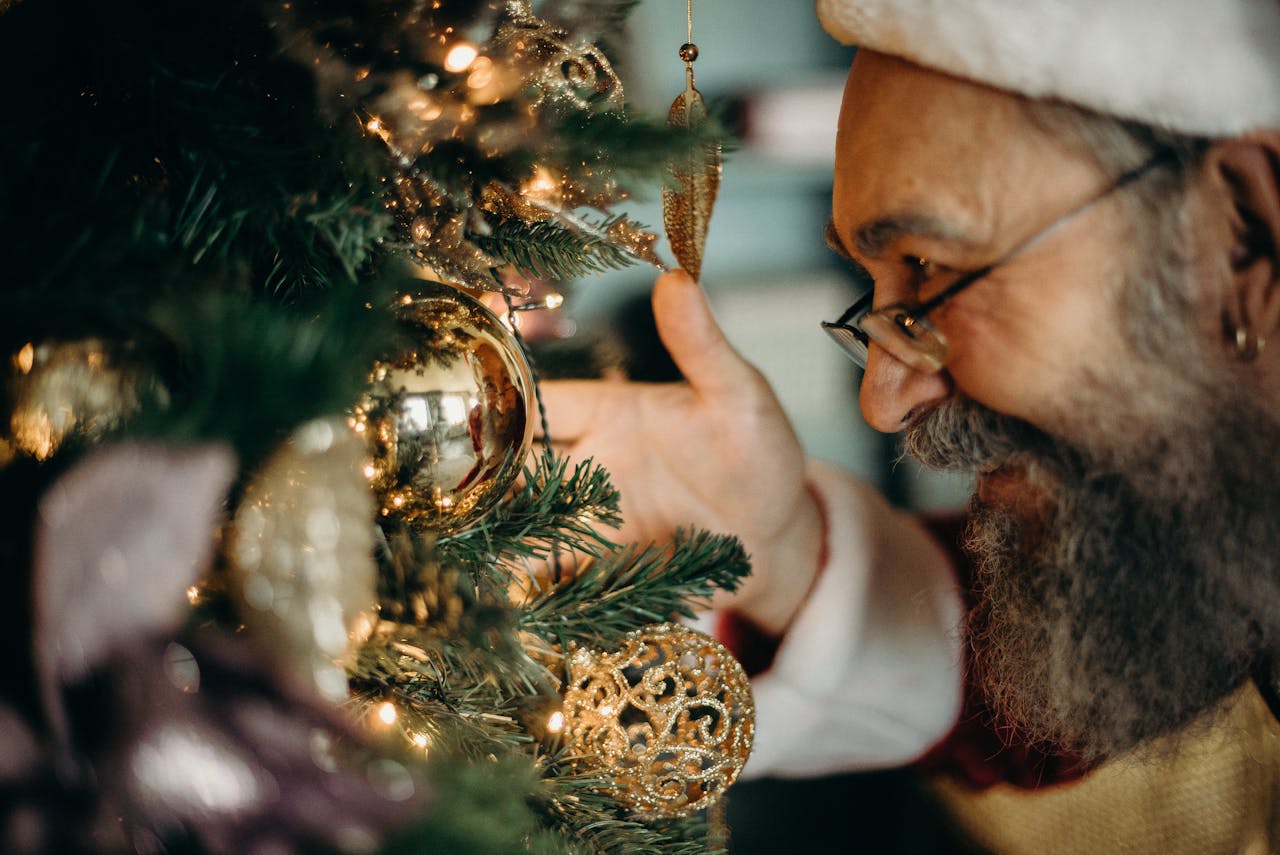The History of Saint Nicholas
Photo taken by cottonbro studio from LINK
Saint Nicholas is a figure that combines Christian tradition with folklore from many cultures around the world. His story begins with the real-life Saint Nicholas of Myra and evolves over centuries to become an icon of generosity and gift-giving during the Christmas season.
🌟 The Real Saint Nicholas 🌟
Saint Nicholas was born around 270 AD in Patara (modern-day Turkey). He became the Bishop of Myra and was known for his kindness, charity to the poor, and miracles attributed to his intercession. The most famous legend tells how he saved three daughters of a poor man by secretly leaving bags of gold for their dowries, allowing them to marry and avoid being sold into slavery. This story inspired the tradition of giving gifts. Saint Nicholas died on December 6, around 343 AD. This day, known as St. Nicholas Day, became an occasion to give small presents to children and celebrate his memory.
🌟 Saint Nicholas in Poland 🌟
In Poland, Saint Nicholas is primarily associated with Christian traditions. On the night of December 5 to 6, children receive small gifts, such as sweets, fruit, or little trinkets, placed under their pillow, in a shoe, or in a specially prepared stocking. Naughty children might find a rod instead. In different regions of Poland, Saint Nicholas is known by various names:
🎅 Gwiazdor (Star Man) – In Greater Poland and Kashubia, he brings gifts, often on Christmas Eve.
🎅 Dziadek Mróz (Grandfather Frost) – This name was popular during the communist era, inspired by the Soviet “Ded Moroz.”
🎅Aniołek (Little Angel) or Gwiazdka (Little Star) – In Lesser Poland and Silesia, these figures sometimes deliver gifts, though Saint Nicholas’s influence remains strong.

Photo taken from LINK by Vlad Vasnetsov
🌟 Saint Nicholas Around the World 🌟
The figure of Saint Nicholas has taken on various forms in different countries, often blending with local traditions:
🎄Santa Claus (USA, Canada)
The American Santa Claus is inspired by the Dutch Sinterklaas and became popular in the 19th century. The image of a jolly, plump man in a red suit with a white beard was popularized by illustrations from Thomas Nast and later by Coca-Cola advertisements in the 20th century.
🎄Sinterklaas (Netherlands, Belgium)
The Dutch Sinterklaas, who arrives from Spain by boat, distributes gifts on December 5 during Pakjesavond. He is accompanied by his helper Zwarte Piet, a figure that has become controversial in recent years.
🎄Father Christmas (United Kingdom)
In England, Father Christmas originally symbolized the spirit of festivity rather than gift-giving. Over time, he merged with the American Santa Claus.
🎄Père Noël (France)
In France, Père Noël leaves gifts in children’s shoes on Christmas Eve, placed near the fireplace.
🎄Weihnachtsmann (Germany)
The “Christmas Man” brings gifts on Christmas Eve. In some parts of Germany, gifts are traditionally delivered by Christkind (the Christ Child).
🎄Ded Moroz (Russia, Ukraine)
In Slavic countries, especially in Russia, Ded Moroz (Grandfather Frost) brings gifts on New Year’s Eve. He is accompanied by his granddaughter, Snegurochka (Snow Maiden). His origins are rooted in pagan winter folklore.
🎄Joulupukki (Finland)
Finland’s Joulupukki, meaning “Christmas Goat,” is a modern combination of a traditional goat figure and Santa Claus. He is said to live in Lapland.
🎄 Babbo Natale (Italy)
In Italy, Babbo Natale is the equivalent of Santa Claus. In some regions, children also receive gifts from Befana, a kind witch, on January 6.
🎄Christkind (Austria, Switzerland, Czech Republic)
In these regions, the Christ Child or an angel delivers presents on Christmas Eve, though Saint Nicholas’s influence is growing.
🌟 The Evolution of Saint Nicholas 🌟
The figure of Saint Nicholas has evolved depending on the region and historical context. While initially rooted in the Christian bishop, today he is often a secular symbol of kindness, joy, and the spirit of giving during the holidays. Despite regional differences, his message remains universal: to give, to share, and to celebrate the magic of the season.

Photo taken by Gabriel Groza from LINK
🎅🏼🎄🌟 2024/2025 © Łukasz Wełnicki, Logistyka, II rok, SS, Akademia Nauk Stosowanych w Koninie
